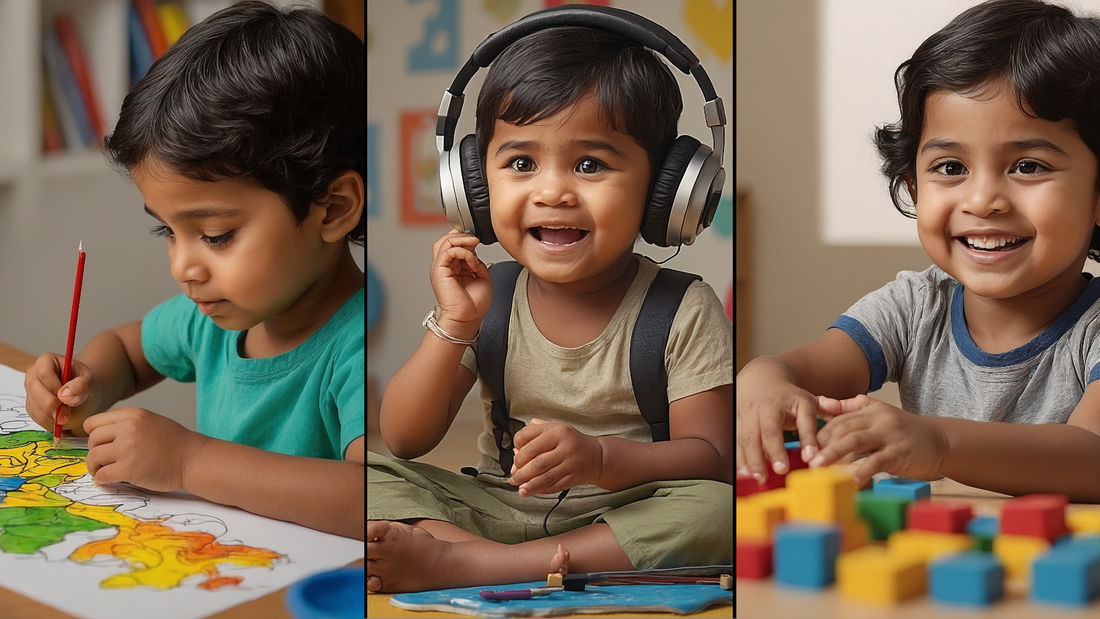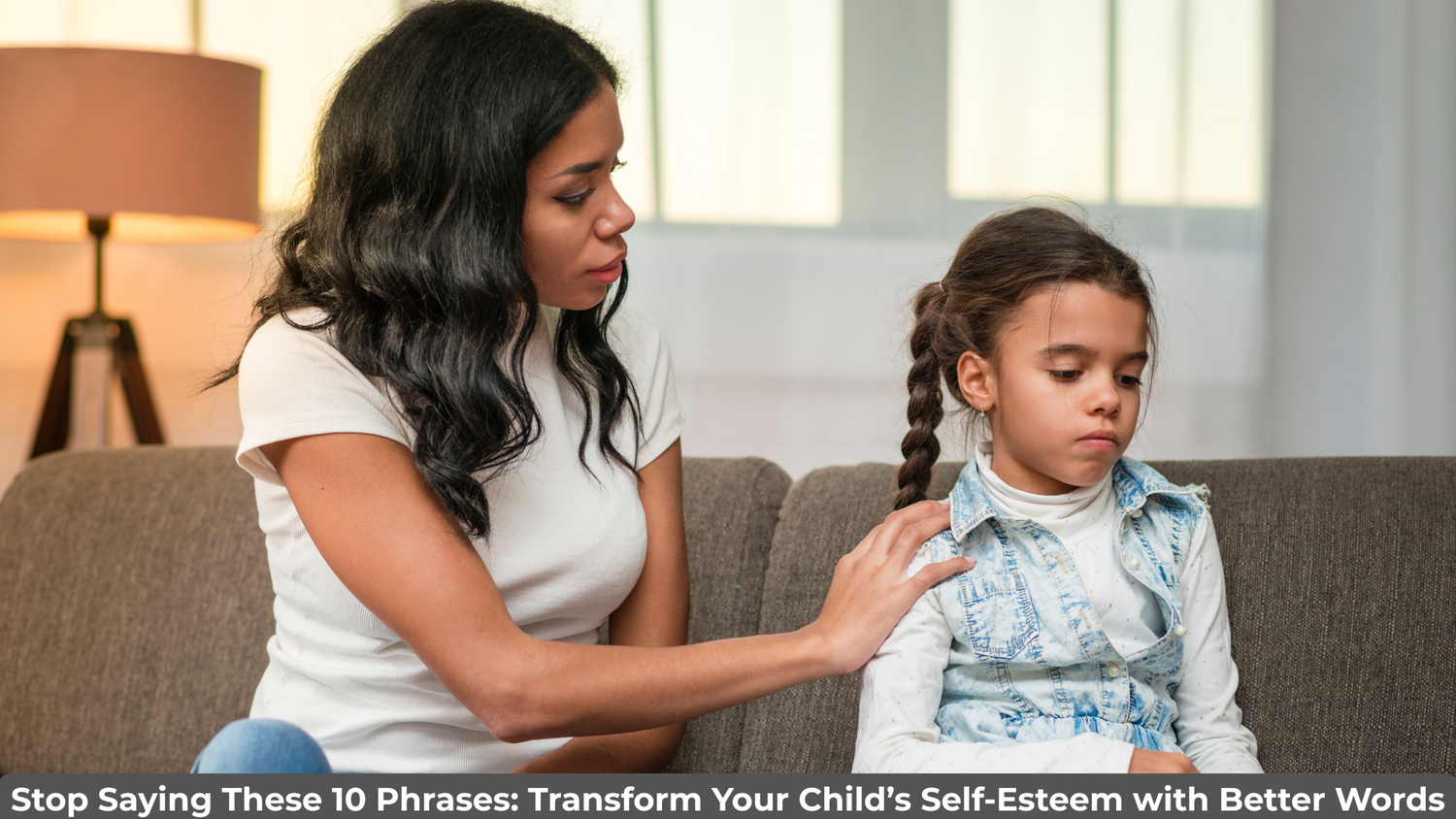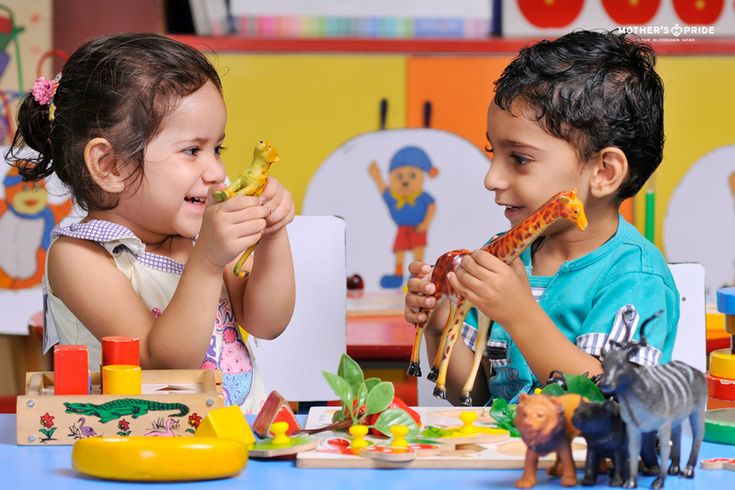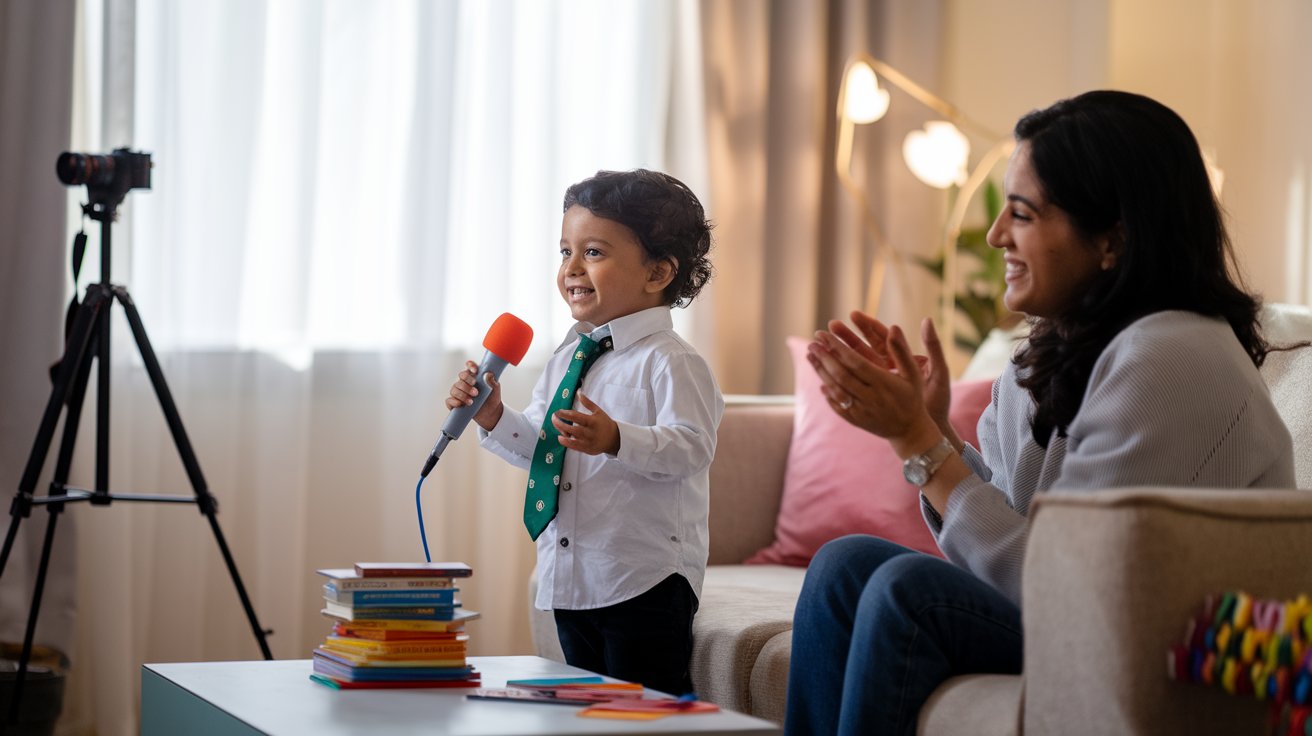As parents, we all want to provide the best environment for our children to learn, grow, and thrive. But did you know that every child has a unique way of learning? Understanding your child’s learning style can unlock their full potential, and playtime is a perfect way to nurture it.
What Are Learning Styles?
Children generally fall into three primary learning styles:
Visual Learners: These children learn best through images, pictures, and spatial understanding.
Auditory Learners: These kids grasp concepts better when they hear them, making sounds, music, and oral instructions their best learning tools.
Kinesthetic Learners: These children are hands-on learners who need to move and engage physically to understand concepts.
Each learning style is unique, and by recognizing your child’s dominant style, you can tailor activities to support and enhance their learning experience.
How to Identify Your Child's Learning Style ?
Recognizing your child’s learning style involves observing how they interact with the world. Here are some indicators:
Visual Learners: Does your child enjoy looking at pictures, books, or drawings? Do they like to watch demonstrations before trying something new? Visual learners often remember what they see and may prefer reading or observing over listening.
Auditory Learners: Does your child hum, sing, or repeat words and sounds? Do they enjoy listening to stories or verbal instructions? These children are likely to remember things they hear and may be drawn to music and sound-based activities.
Kinesthetic Learners: Is your child always on the move, preferring to touch, build, or create? Do they express themselves through actions more than words? Kinesthetic learners thrive on physical interaction and may prefer hands-on activities over passive observation.
Tailoring Play to Support Learning Styles
Once you've identified your child’s learning style, you can choose play activities that cater to their strengths. Here’s how:
For Visual Learners:
Puzzle Play: Visual learners love puzzles because they require attention to detail and spatial awareness. Choose puzzles with bright, engaging images that can capture your child's interest.
Art and Drawing: Encourage your child to express themselves through drawing, coloring, or painting. Visual learners often enjoy creating visual representations of what they see or imagine.
Picture Books: Reading picture books with vivid illustrations can help visual learners connect words with images, enhancing their comprehension and retention.
For Auditory Learners:
Storytelling Sessions: Engage your child with storytelling or audiobooks. Auditory learners benefit from hearing language and sounds, which helps them process information more effectively.
Musical Toys: Instruments like drums, xylophones, or even simple rhythm sticks can help auditory learners explore sounds and develop their listening skills.
Rhyme and Song Games: Singing songs, especially those with rhyming patterns, can be a fun way for auditory learners to remember and understand new concepts.
For Kinesthetic Learners:
Building Blocks: Kinesthetic learners thrive on construction activities. Building blocks, Legos, or other construction toys allow them to engage their hands and minds simultaneously.
Outdoor Play: Activities like climbing, running, or playing in a sandbox are great for kinesthetic learners. These children often need physical activity to help them process information.
Crafting and Manipulatives: Engaging in crafting activities like clay modeling, bead stringing, or creating models can help kinesthetic learners develop their fine motor skills while learning through touch and movement.
Integrating Learning Styles in Group Play
Children often play with others who may have different learning styles. By integrating diverse activities, you can create a balanced play environment where each child’s learning style is supported. For example:
Mixed-Media Storytime: Combine visual, auditory, and kinesthetic elements by reading a story (auditory) while showing pictures (visual) and encouraging children to act out parts of the story (kinesthetic).
Interactive Music Sessions: Create a musical game where children can sing (auditory), watch a dance routine (visual), and participate in the dance (kinesthetic).
Art and Movement Classes: Organize activities where children can draw or paint (visual), listen to instructions or music (auditory), and engage in physical activity like yoga or dance (kinesthetic).
Adapting to Your Child’s Evolving Needs
As children grow, their learning styles may evolve, or they may develop strengths in multiple areas. Pay attention to changes in their preferences and adjust play activities accordingly. Encouraging a blend of activities that cater to all learning styles can help your child develop a well-rounded approach to learning.









